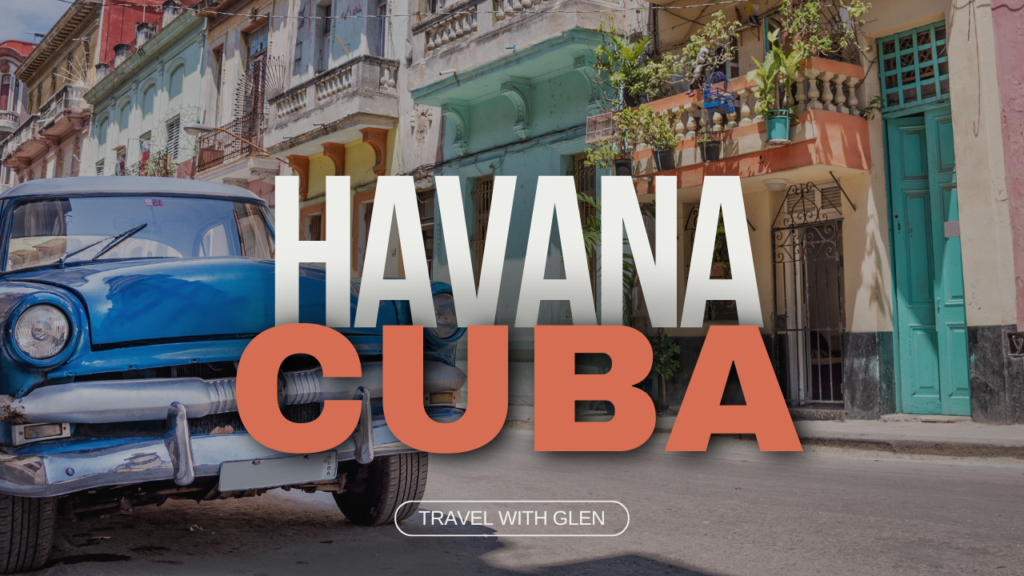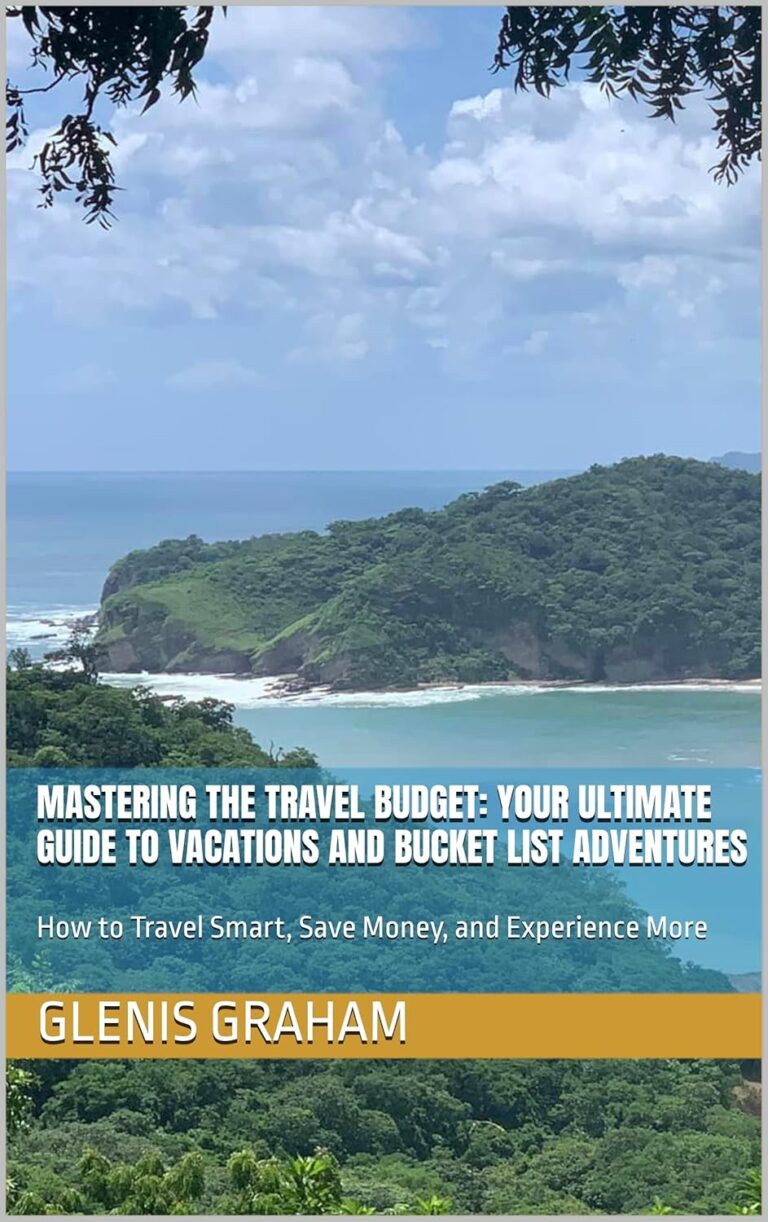Havana, Cuba is a destination like no other, a city where time seems to stand still yet pulses with an energy all its own. From its colorful streets lined with classic cars to its rich history rooted in revolution and art, Havana offers something for every traveler. Whether you’re a history buff, a foodie, or simply looking to soak in the Cuban culture, this guide will help you navigate the best of Havana.
Top Attractions in Havana, Cuba
1. Old Havana (La Habana Vieja) A UNESCO World Heritage Site, Old Havana is a must-see for anyone visiting Cuba. Walking through its cobblestone streets feels like stepping back in time, as colonial buildings and centuries-old plazas give the area its charm. Don’t miss famous spots like Plaza de la Catedral and the Castillo de la Real Fuerza, one of the oldest forts in the Americas.
2. Malecón The Malecón is Havana’s iconic seawall that stretches for five miles along the coast. It’s a perfect place for a relaxing evening stroll, where you can watch the sunset or interact with friendly locals. Along the way, you’ll see a mix of historic buildings and modern art murals, all while feeling the refreshing sea breeze.
3. Plaza de la Revolución A symbol of Cuba’s revolutionary history, Plaza de la Revolución is a vast square dominated by the images of Cuban icons Che Guevara and Camilo Cienfuegos. It’s one of the largest public squares in the world and the site where many significant political events have taken place. The towering José Martí Memorial also provides great views of the city from its observation deck.
4. El Capitolio Resembling the U.S. Capitol Building, Havana’s El Capitolio is a stunning example of neoclassical architecture. Once home to the Cuban Congress, it now houses the Academy of Sciences. The building itself is an attraction, but guided tours are available if you want to learn more about its history.
Discover the History and Culture of Havana
Havana is a city deeply intertwined with the past, and you can feel it in every street corner. The Cuban Revolution left its mark not just politically but culturally. Museums such as the Museo de la Revolución, housed in the former Presidential Palace, offer an in-depth look at the country’s turbulent history.
Beyond politics, Havana is known for its music, art, and dance. The sounds of salsa, mambo, and Afro-Cuban jazz fill the air, and if you’re up for it, take a salsa class to immerse yourself in the local rhythm. Fábrica de Arte Cubano is a cultural space that combines art galleries, live music, and films, making it a vibrant hub for creatives and tourists alike.
Cuban Cuisine You Must Try
One of the best ways to experience Havana is through its food. Cuban cuisine is a flavorful blend of Spanish, African, and Caribbean influences. Be sure to try:
- Ropa Vieja: A shredded beef dish in a tomato-based sauce, served with rice and plantains.
- Tostones: Twice-fried green plantains that are a popular snack or side dish.
- Cuban Sandwich: A classic ham, roasted pork, Swiss cheese, pickles, and mustard sandwich, pressed to perfection.
Street food is also worth exploring. Visit local markets or food stalls where you can sample fresh seafood or sweets like churros and flan.
Best Time to Visit Havana, Cuba
Havana enjoys a tropical climate, making it a year-round destination. However, the best time to visit is between November and April when the weather is warm but not too humid, and you can avoid the hurricane season. January and February are especially popular for events like the Havana Jazz Festival.
If you visit in July, you can experience Carnival—a lively celebration with parades, music, and colorful costumes.
Travel Tips for Your Havana Trip
Here are a few travel tips to ensure you have a smooth trip to Havana:
- Currency: Cuba has two currencies, the Cuban Peso (CUP) for locals and the Cuban Convertible Peso (CUC) for tourists, though the CUC is being phased out. It’s important to exchange currency at official exchange points.
- Safety: Havana is generally safe for tourists, but it’s always wise to take precautions like not flashing expensive items and avoiding poorly lit areas at night.
- Transportation: Getting around Havana is easy with taxis, but for a unique experience, try a ride in a classic American car, which serves as both a symbol of Cuba and a convenient mode of transport.
Conclusion
Havana, Cuba is a city of contrasts—where old meets new, history blends with modernity, and vibrant culture is ever-present. From its stunning architecture and revolutionary landmarks to its mouth-watering cuisine, Havana offers an unforgettable experience for any traveler. So pack your bags and get ready to explore this gem of the Caribbean!
![]()










